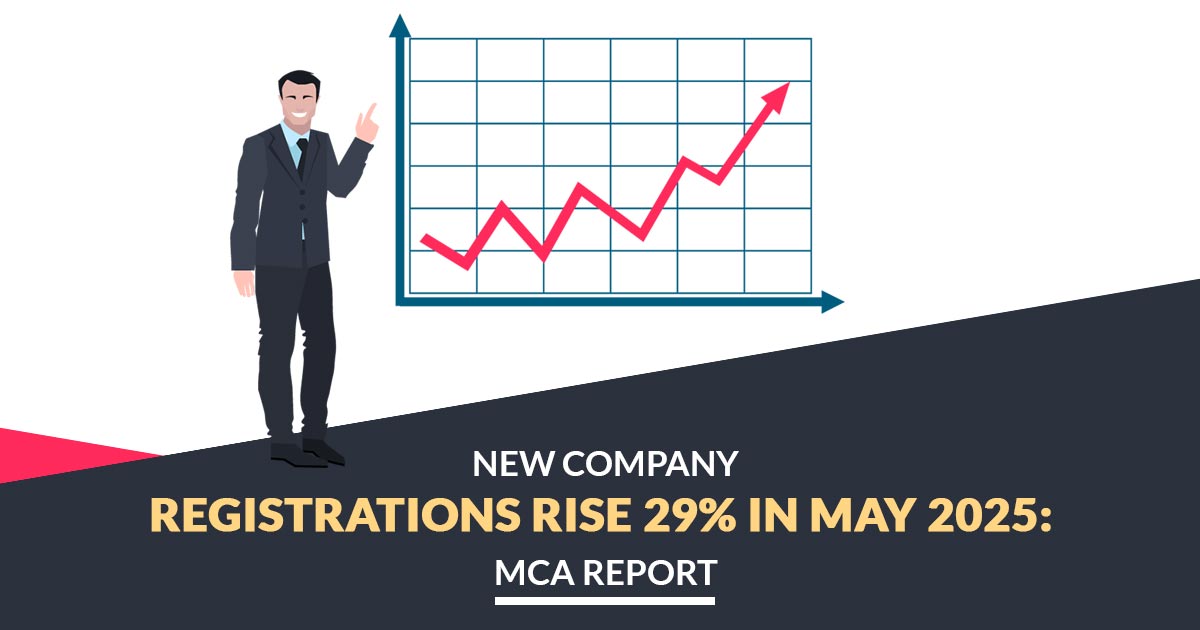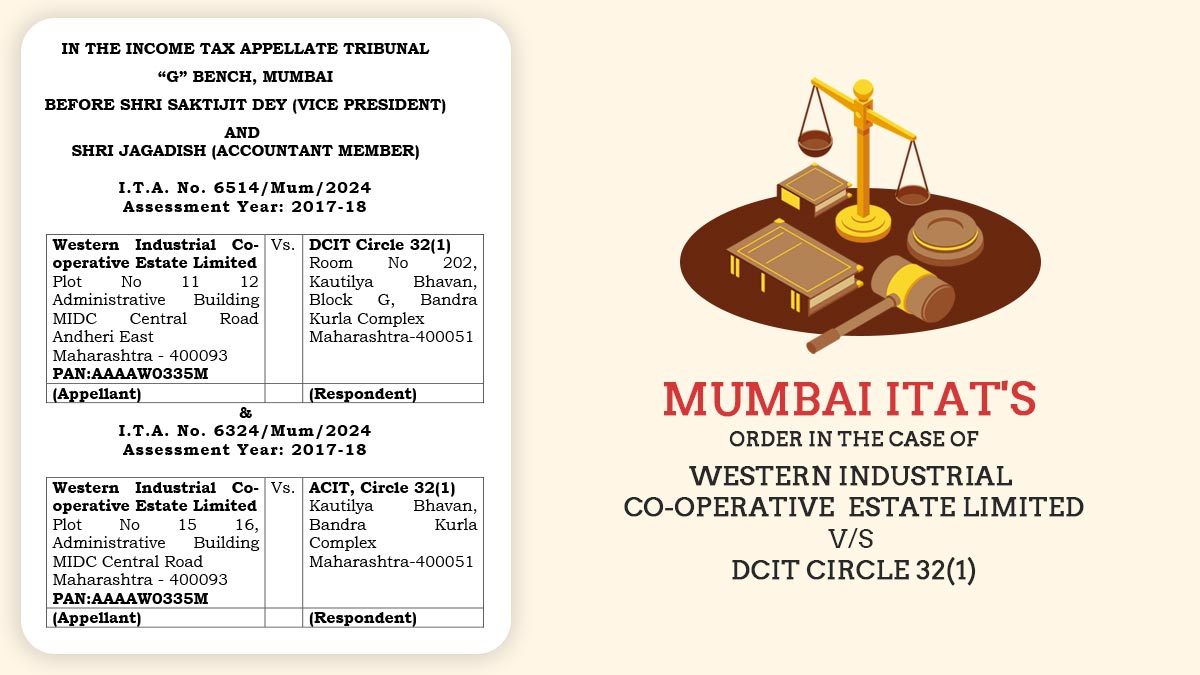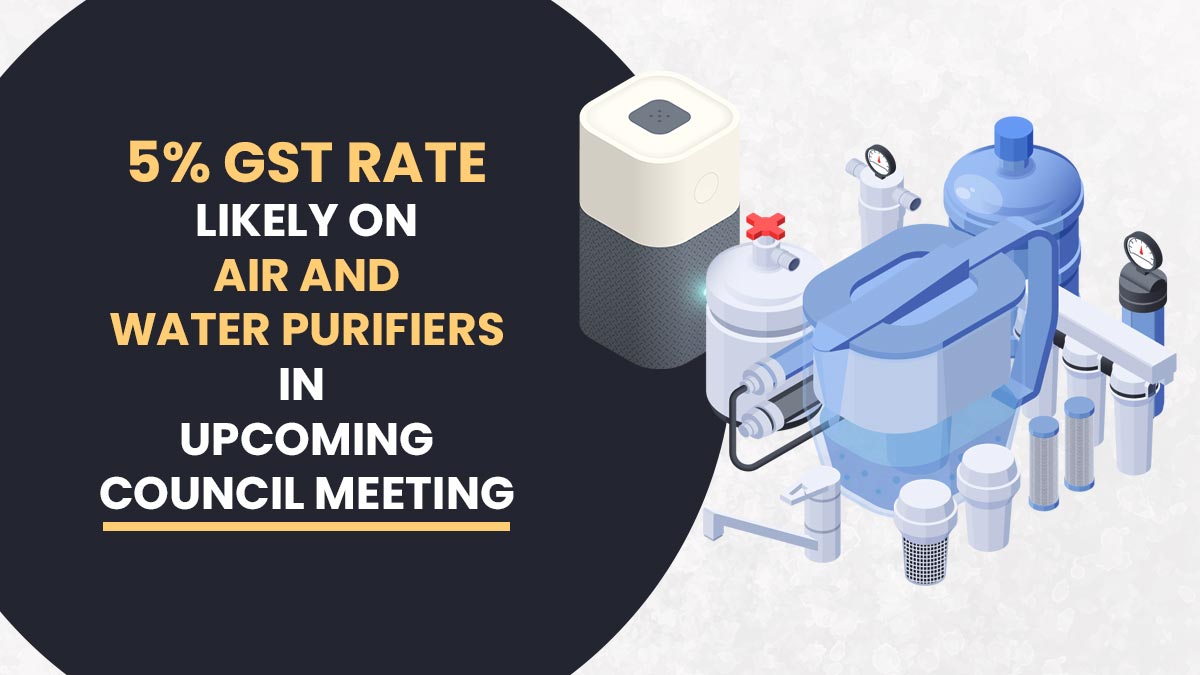
In May 2025, the registration of new companies grew 29% to attain 20,718, showing a robust pace in the economic activity since the start of the current fiscal year, as per the corporate affairs ministry data.
There is a 10% annual rise in the number of active companies that attained 1.89 million last month, the highest ever level.
As per the sector-wise classification, companies committed to community, personal & social services formed a major chunk of new registrations (27%), a trend which has carried on for the previous several months. The same was followed by companies involved in trading (17%), manufacturing, and business services (15%).
Read Also: 7 Mistakes to Avoid When Registering a Company in India
“The state-wise analysis of new registered companies shows that the top three states that receive the highest number of new registrations were Maharashtra (17%), Uttar Pradesh (11%) and Delhi, following closely behind at 9%,” the Ministry of Corporate Affairs (MCA) bulletin stated.
New company registrations on a monthly basis declined by 13% last month. In May, the fall was recorded, post new registrations attained an all-time high number of 23,776 in April 2025.
The business environment enhancement and lower statutory issues in the process of registrations have led to a stronger rise in registrations in the first two months of FY26. According to the data of MCA, over the past year, the Limited Liability Partnerships (LLPs) registration has surpassed all other sorts of registrations.
For instance, new LLP registrations have surged by 19.6% on a year-on-year basis compared to 19.2% growth in the one-person company category and a lower 1.2% growth in the foreign companies registration.
Though in May, the service sector accounts for the maximum LLP registrations, followed by the industry and agriculture sectors at 24% and 2%, respectively.
Private limited companies make up 96% of all companies in the country, but they represent only 38% of the total paid-up capital. In contrast, public limited companies constitute a smaller percentage, just 4% in terms of volume, though they account for 62% of the total paid-up capital.









